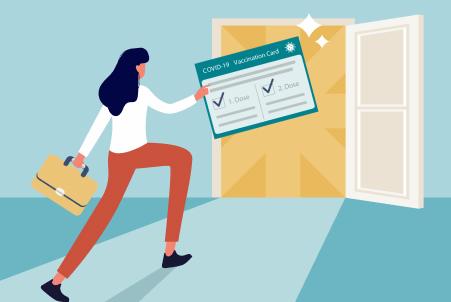Editors’ Picks
Career Education

Top 10 Reasons for Leaving a Job & How To Explain Them
Leaving a job is a significant decision that often sparks thoughtful reflection about personal growth, job satisfaction, and future career goals. The reasons for this transition can range from seeking better

Best Psychology Schools in 2025 + Resume Examples
Choosing the right college for psychology is the launchpad for your future as a mind-mender and behavior decoder. From understanding Freud to mastering modern neuroscience, the right program lays the

Opinions on Vaccination & Employment
Welcome to the jungle—the third year of the global COVID-19 pandemic. Meet Tom, a typical corporate employee who was one of the first to be vaccinated against coronavirus in his workplace. Now,

How to Apply for Scholarships: Guide for Students
Applying for a scholarship may seem like choosing numbers on a lottery coupon. You grasp the odds and carefully choose your numbers, knowing that the right combination could yield a grand
Ready to take the next step in your career?
Our expert advice will help you craft the perfect resume or cover letter. Showcase your unique skills and qualifications to stand out to employers and get hired faster.